Donate now to support the LLIFLE projects.
Your support is critical to our success.
Your support is critical to our success.
Accepted Scientific Name: Haworthia nigra (Haw.) Baker
J. Linn. Soc., Bot. 18: 203. 1880 [1881 publ. 1880]
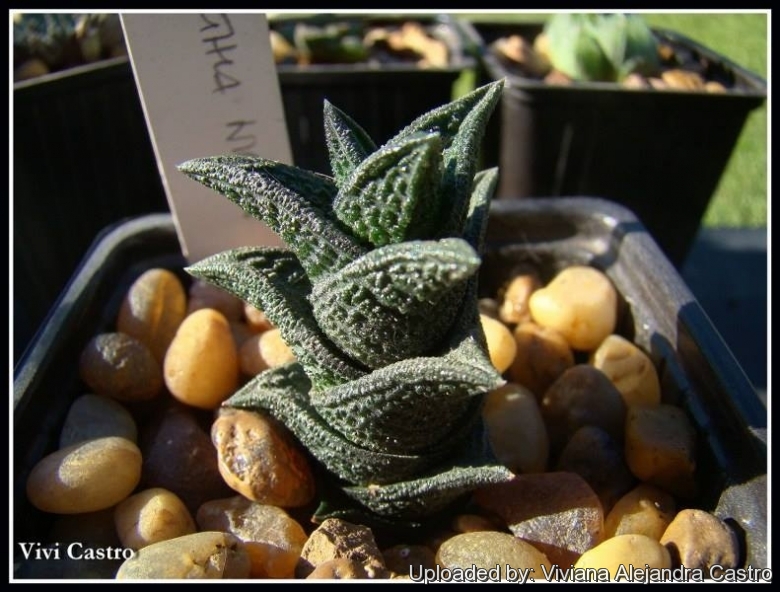
Aloe nigra (Haworthia nigra) Photo by: Viviana Alejandra Castro
Synonyms:
- Haworthia nigra (Haw.) Baker
- Aloe nigra Schult.f.
- Apicra nigra Haw.
- Catevala nigra (Haw.) Kuntze
- Haworthia venosa var. nigra (Haw.) Halda
- Haworthia viscosa var. nigra (Haw.) Halda
- Haworthiopsis nigra (Haw.) G.D.Rowley
See all synonyms of Haworthia nigra
back
Accepted name in llifle Database:Haworthia nigra (Haw.) Baker
J. Linn. Soc., Bot. 18: 203. 1880 [1881 publ. 1880]
Synonymy: 20
- Haworthia nigra (Haw.) Baker
- Aloe nigra Schult.f.
- Apicra nigra Haw.
- Catevala nigra (Haw.) Kuntze
- Haworthia venosa var. nigra (Haw.) Halda
- Haworthia viscosa var. nigra (Haw.) Halda
- Haworthiopsis nigra (Haw.) G.D.Rowley
- Haworthia nigra var. angustata (Poelln.) Uitewaal
- Haworthia nigra f. angustata (Poelln.) Pilbeam
- Haworthia schmidtiana var. angustata Poelln.
- Haworthia nigra var. elongata (Poelln.) Uitewaal
- Haworthia schmidtiana var. elongata Poelln.
- Haworthiopsis nigra var. elongata (Poelln.) G.D.Rowley
- Haworthia nigra var. pusilla (Poelln.) Uitewaal
- Haworthia nigra var. schmidtiana (Poelln.) Uitewaal
- Haworthia schmidtiana Poelln.
- Haworthia nigra var. suberecta (Poelln.) Uitewaal
- Haworthia ryneveldii Poelln.
Haworthia nigra var. diversifolia (Poelln.) Uitewaal
Succulenta (Netherlands) 29: 51 (1948)
Synonymy: 6
- Haworthia nigra var. diversifolia (Poelln.) Uitewaal
- Haworthia diversifolia Poelln.
- Haworthia schmidtiana var. diversifolia (Poelln.) Poelln.
- Haworthiopsis nigra var. diversifolia (Poelln.) G.D.Rowley
- Haworthia nigra f. nana (Poelln.) Uitewaal
- Haworthia schmidtiana f. nana Poelln.
back
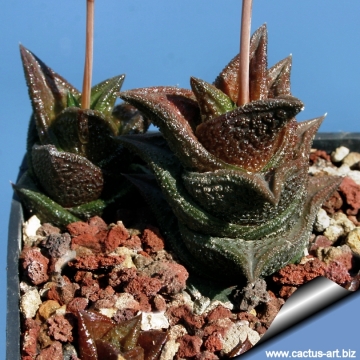
Aloe nigra (Haworthia nigra) Photo by: Cactus Art
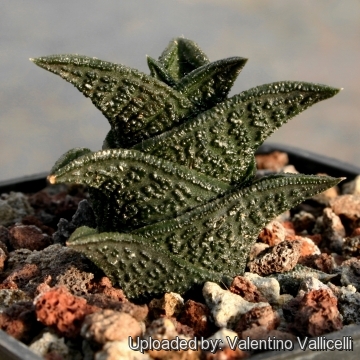
Aloe nigra (Haworthia nigra) Photo by: Valentino Vallicelli
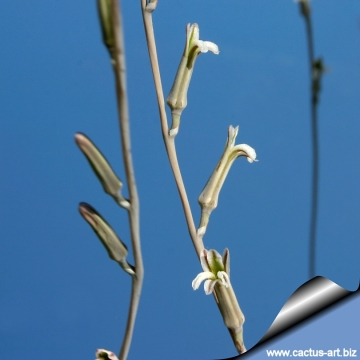
Aloe nigra (Haworthia nigra) Photo by: Cactus Art

Aloe nigra (Haworthia nigra) Photo by: Cactus Art

Aloe nigra (Haworthia nigra) Photo by: Cactus Art
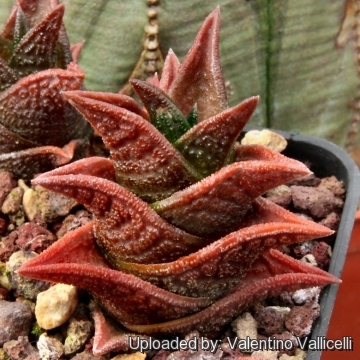
- This is one the favourite dwarf slow growing species with odd sculptured black leaves. When successfully grown, it can be a very nice, remembering the overlapping roofs of an oriental pagoda. (Haworthia nigra) Photo by: Valentino Vallicelli
| Your Actions | |
|---|---|
| Back to Aloe index | |
| Back to Aloaceae index | |
 |
Back to Succulents Encyclopedia index |









